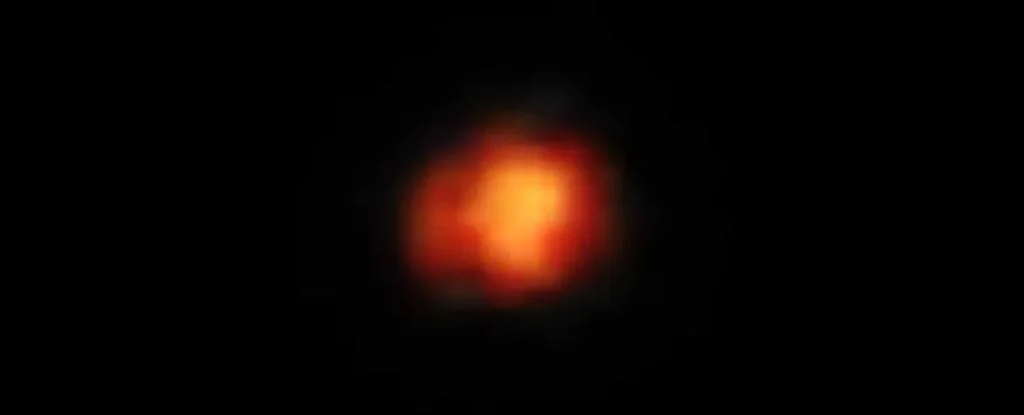A spectroscopic study has confirmed the age of the Maisies galaxy, which is considered one of the oldest galaxies in the young universe. It was developed 390 million years after the Big Bang, which indicates an extremely high space population at the dawn of time, according to the updated data.
The first deep pictures of the universe taken by the James Webb space observatory showed extremely large numbers of advanced galaxies at a time when matter must be connected to higher forms of the cosmic population – stars and galaxies of a particular class. Precisely determining the distances to these early galaxies will provide an accurate measure of the redshift, the amount of delay behind light in an accelerating expanding universe. At the same time, the light goes into the red and infrared regions. Thus, only an infrared instrument can look into the early universe, but photometry does not provide a guaranteed estimate of the redshift. Only spectral analysis of light can give that.
The redshift of the Macy galaxy was initially set at z14.3, suggesting it was observed 286 million years after the Big Bang. Spectral analysis of the galaxy determined that Macy’s true redshift was z11.4, or 390 million years after the Big Bang. And although the galaxy is getting a little “younger” compared to when it was observed, it’s full of life that astronomers have yet to understand and explain.
With another candidate for one of the early or, conversely, ancient galaxies in our opinion, things are not so good. Photometry of the CEERS-93316 galaxy showed a possible redshift magnitude of z16.4. If spectroscopy had confirmed this result, it would have been observed 250 million years after the Big Bang. However, examination of the spectrum of the CEERS-93316 galaxy yielded a different redshift value – z4.9, which roughly corresponds to 1.2 billion years after the Big Bang.
The researchers cautioned that Webb’s primary data should be handled with care, but that doesn’t take away the fact that the early universe was a surprisingly populated place.













